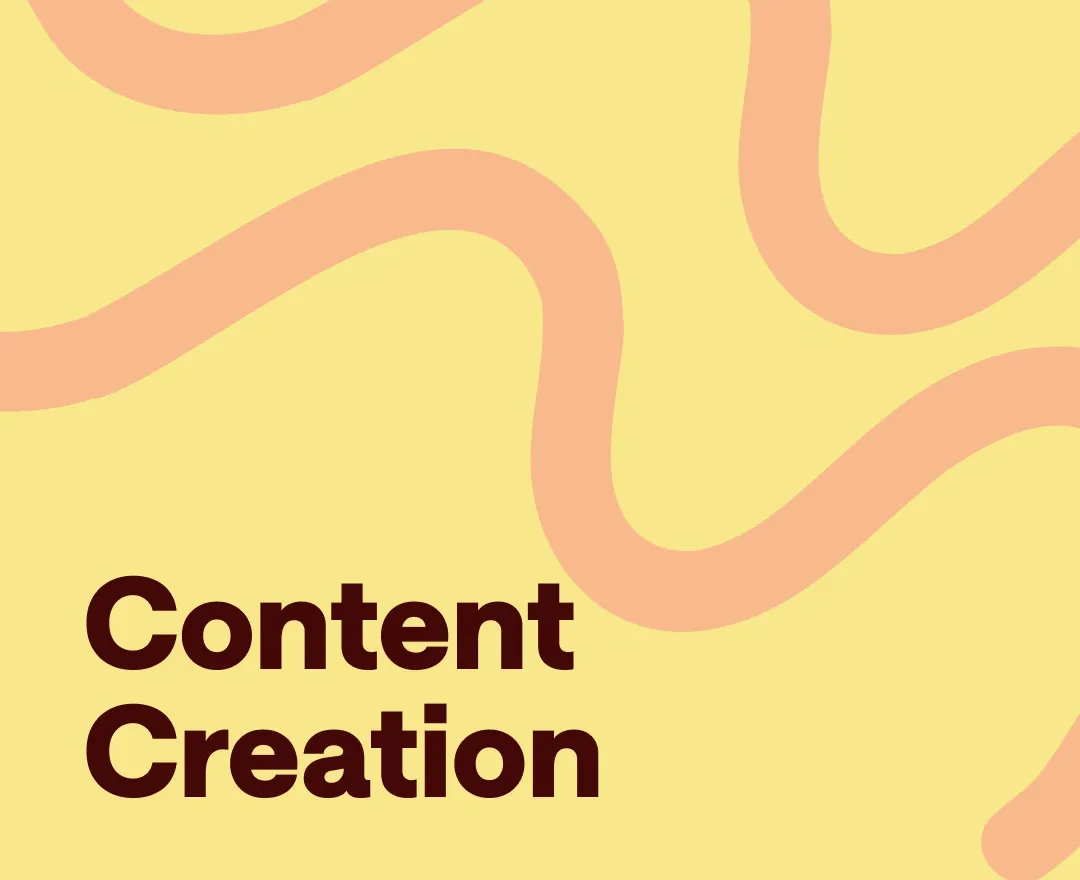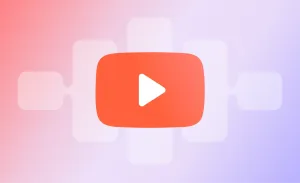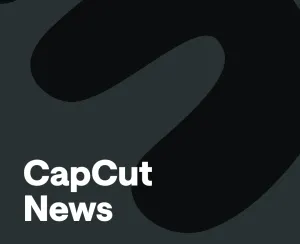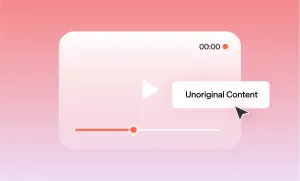Content is changing by the day.
More people now search for podcast episodes than blog posts, and younger generations are basing their purchasing decisions on what influencers say rather than traditional advertisements.
The creator economy is shifting, and if you’re not paying attention, you’re falling behind.
We’ve taken a look at some of the most recent data to figure out what content is rising, and what content is getting left behind.
The Future of Content Creation
Are We Seeing the Death of Traditional Content Formats?
The way people consume content is shifting rapidly, and formats that once dominated online platforms are losing steam, making way for new, more engaging ways to capture audience attention.
If you’re still relying on old-school content strategies, might it be time you rethink your approach?
The Fall of Blog-Style Vlogging
A decade ago, "day-in-the-life" vlogs were everywhere. They felt intimate, spontaneous, and most importantly, relatable. Creators like Casey Neistat or Zoella made vlogging feel like an invitation into their world. But times have changed.
In 2016, vlogs accounted for 27% of all creator content. By 2022, that number dropped to 12% (SignalFire, 2023). And in 2025, it’s likely even lower. Attention spans have shifted, and audiences are looking for something different.
But that doesn’t mean vlogging is dead. Emma Chamberlain’s return to vlogging, for example, speaks for itself. Might even be worth asking if they are going to be making a comeback. If they do, it might not be in the way they once existed.
Instead of daily vlogs, audiences now tend to lean toward livestreams. In 2015, Twitch had 100 million monthly users. By 2023, that number soared to over 240 million, with the "Just Chatting" category dominating. So it seems viewers still want authenticity, but they prefer it in real time.
The Decline of Long-Form Blogging
Blogging was once the go-to format for deep dives and personal storytelling. Now, it’s struggling.
Between 2019 and 2023, the average blog post length shrank by 32%, and the number of active personal blogs dropped by 45%. People still crave information, but they want it in a more digestible format: short, punchy, and often delivered in video or audio form.
The Shift from Reaction Videos to Live Content
There was a time when reaction videos ruled YouTube. Around 2015-2016, they dominated recommendation feeds. The Fine Bros had an empire built on them. Now? They’re rare outside of live streaming.
Social Blade’s 2023 data shows that engagement rates for reaction content have dropped by 38% since 2020. The demand is still there, but the format has changed. Instead of pre-recorded reactions, people want real-time responses, deeper conversations, and less scripted content.
The Explosive Growth of the Creator Economy in 2025
The creator economy is expanding faster than ever, with influencers holding more sway over purchasing decisions and marketing budgets continuing to shift toward creator-led campaigns. If there was ever a time to establish yourself as a content creator, it’s now.
Influencers Drive Consumer Decisions
A third of Gen Z has bought a product based on an influencer’s recommendation in the last three months. That’s not a trend—it’s a shift in how people decide what to buy. Brands have noticed.
Nearly 89% of marketers investing in influencer marketing plan to maintain or increase their budgets in 2025 (NY Times, 2024). The motive isn’t so much experimental spending, as it seems a new strategy many companies are taking on in recent times.
The Most Profitable Platforms for Creators
If making money as a creator is the goal, platform choice matters.
A study from DemandSage surveyed 1,500 creators, and 30% said TikTok was their top income source. Another 26% pointed to YouTube.
TikTok’s new creator rewards program changed the game. Payouts jumped from $0.02–$0.04 per 1,000 views to $4.00–$8.00 per 1,000 views. That’s a monumental shift in earning potential.
For those focused on reach rather than revenue, LinkedIn is becoming a powerful social platform to reap from.
Forbes reports that creators with 40K followers on Instagram typically get around 8,000 views per post. On LinkedIn, that same following could see double the views, with a more targeted audience.
Is Podcasting is Becoming the Dominant Content Format?
Podcasting used to be a niche market, but it’s now one of the fastest-growing media formats worldwide. More people are choosing podcasts over traditional blogs, and platforms are evolving to meet the rising demand for audio and video-first content.
The Surge in Podcast Consumption
By 2025, global podcast listeners will surpass 546.7 million, reflecting an 8% increase from the previous year. The U.S. leads with 129.9 million listeners, followed by China (117.1M) and Brazil (51.8M).
More people now search for podcasts than blogs, proving that audio-first content is cementing its dominance.
The Power of Podcast Clips
Short-form clips are fueling podcast growth. TikTok, Reels, and Shorts have turned podcasts into viral hits overnight.
A single clip from the Talk Tuah Story podcast exploded on TikTok, drawing millions of viewers and skyrocketing interest in the full episodes.
Some content creators even fake podcast setups because they know how effective these clips are at pulling people in.
How YouTube is Evolving in 2025
YouTube remains one of the biggest players in digital content, but the type of content that thrives on the platform is changing. Creators who adapt to these shifts and understand new audience preferences will have the best chance of success.
The Shift in Video Trends
While YouTube still has over 2.5 billion monthly active users, the type of content that thrives on the platform is changing. Long-form content like video essays remains valuable, but creators who balance it with short-form content will have the strongest reach.
Narrative-driven and educational videos with high production value are becoming dominant. Audiences are drawn to well-crafted storytelling, whether it’s a deep-dive documentary or an engaging explainer video.
Kim Larson, YouTube’s Global Managing Director, put it best:
“The lines between ‘studio-like content’ and ‘creator-like content’ are gone in the minds of viewers.”
People want content that speaks to them, regardless of production value. A strong story will always win over flashy visuals.
AI-Powered Search and Discoverability
YouTube’s recommendation algorithm is smarter than ever. AI-driven search is changing how people find videos, making optimization more important than ever. Titles, descriptions, and tags aren’t just helpful—they are essential for discoverability.
Creators who embrace this shift and focus on crafting engaging, searchable content will have a serious advantage.
What’s the Future of Content Creation Got in Store?
The creator economy is speeding ahead, and the rules are changing. Keeping up is one thing, but right now it’s more about standing out than ever. Short-form videos are dominating screens, podcasts are connecting audiences in meaningful ways, and AI-driven algorithms are shaping what gets seen and heard.
Everything feels like a race. Whether it’s to the top, to YouTube’s Partner Program, or any other goal you have in mind, social media moves so quickly that it gives many content creators a sense of rush and even unease. But with the right AI-powered tools, like Podcastle, you can streamline your process, experiment with confidence, and create content in half the time, if not quicker.








